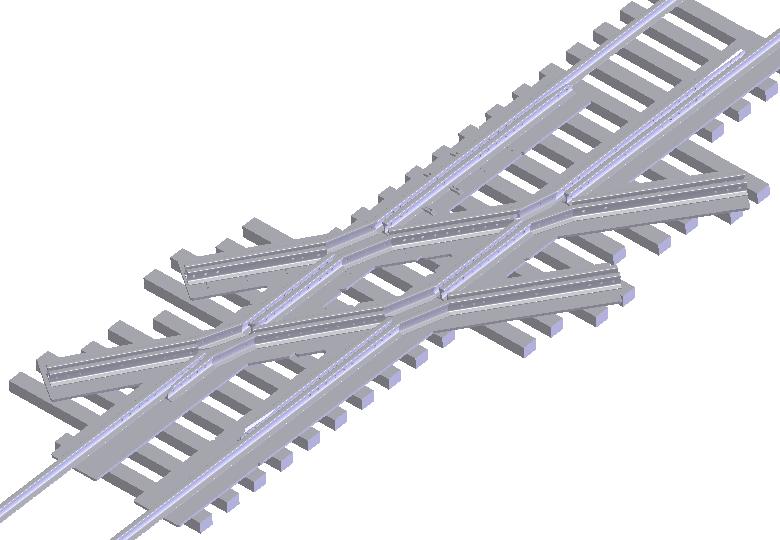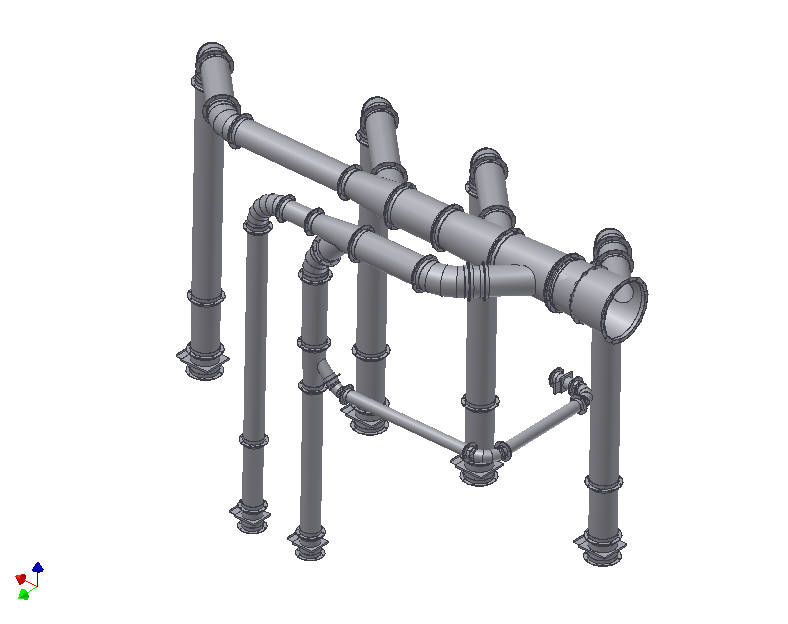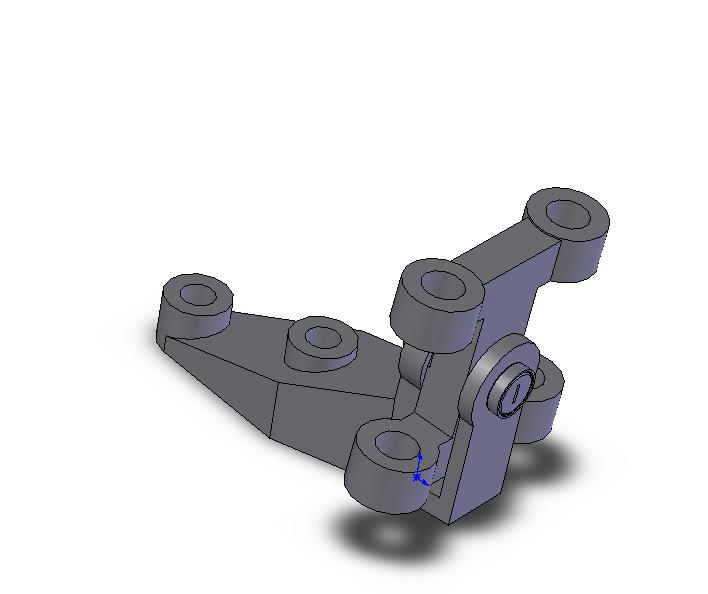The 3D printer
Most 3D printer builds are based on a gantry design. A horizontal bridge or gantry holds the printer head which is a basically very similar to a hot melt glue gun. The printer head can slide back and forth along the bridge just like the hook on a gantry crane. The head is driven by timing belts and a stepper motor.
A 3D printer borrows the gantry principle from several other machines. CNC Gantry routers are commonly used in the woodworking industry. Instead of a hot melt glue head, the CNC gantry router uses a powerful wood cutting router.
There are also enormous CNC milling machines which use the gantry principle. In these machines the cutter and the motor ride on the bridge. In these machines precision machined lead screws are used to move the cutter back and forth along the bridge as well as up and down on the posts. The milling machines often use two massive machined steel posts to carry the bridge and the cutter.
How does a 3D Printer work?
The majority of 3Dprinters for everyday uses are manufactured for economy and ease of use. Small stepper motors, inexpensive bearings, plastic timing belts and plastic (or wood) construction make the the printers available to just about anyone who is handy with mechanical and electronic assembly. Accuracy, speed and productivity are secondary.
At the opposite end of the spectrum, are 3DPrinters used for industry and manufacturing which do incorporate all the lessons learned from building gantry milling machines and routers. In these machines precision leadscrews are used, their gantries and post are built with high precision bearings and machined ways to allow the print head to be positioned as accurately as possible.
Presently the challenge is to develop new 3Dprinters that combine speed and accuracy with economy to achieve a machine that is productive enough to economically produce parts for sale.
There are already a wide variety of print media for hot melt 3D printers. The print media is typically spools of plastic filament that is fed into the print head and melted, shaped by the movements of the gantry and stepper motor and deposited to make the the 3D model.
The economics of 3D printing
In many ways 3D Printing mirrors the growth of the inkjet printer industry where the printer itself is sold as a loss leader and the ink or printing media is where all the money is made. With 3D printers, many manufacturers exercise total control over what media their machines will print with so they can can make money continuously from the supplies required to run the machine. The idea that you sell tooling that only works with your machine is nothing new
At the other end of the spectrum, there are manufacturers of printers and media that prefer to offer their machines in an open source environment. In these machines the only limit to the type of media is whether the size and configuration will fit on the machine. It does not matter who supplies the media so long as it meets the machines specification.
Challenges for the future
While most of the new and improved machines are just reiterations of the gantry crane principle eventually someone will come up with a groundbreaking design that finds a totally new way to position the printer head. Its possible that the printer head may move away from printing in plastics altogether and become a new kind of laser sintering technique allowing the printing of metals.
As well, if the glue gun can melt your model, so can the sun. The plastic is also not stable, it expands and contracts and contorts as it cools and as it is exposed to heat and cold. There will be much better plastic materials to print with but the in the future we need to print with metal to really get parts that are useful and durable.
High end 3D printers exist that can print in metal by using a process called laser sintering. Instead of a glue gun, they use a very powerful laser capable of melting powder into molten metal. The whole process is almost the exact opposite of the heot melt glue gun idea. Also the melting of powder opens up some really intersting possibilities.
We get most of our metal from mining. Mining involves digging out great chunks of ore and successively crushing them down into smaller and smaller chunks until its economical to heat them up enough to melt the metal right out of them. Then we cast the metal into shapes that are convenient enough to fit into our machine tools so we can cut and turn them into useable parts.
But if you can just crush the ore down to a suitable powder and send it straight to laser sintering, you eliminate a ton of processes required to make the metal and process it into shapes suitable for use in existing machine tools. You eliminate a million process and assembly steps and go straight to the finished part. On top of it all, its far more environmentally freindly than making spools of hot melt plastic with horrendous chemicals.
Another alternative material that does hold a lot of promise is concrete. If you squirt concrete through a nozzle thats controlled by an enormous gantry you can effectively print out and entire building. If you make a type of concrete that hardens quickly after being squirted out you can potentially build without the need for wooden or metal forms. If you can print without forms you can print pretty much any shape you want. And concrete is a finished product that does not require high accuracy in printing and can stand the extremes of weather.



